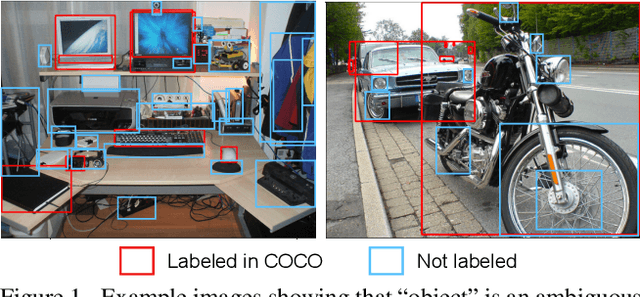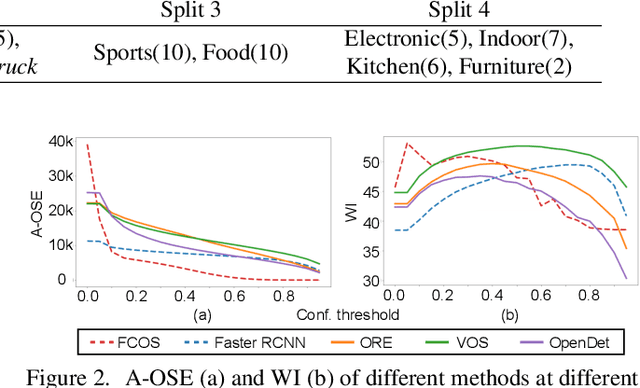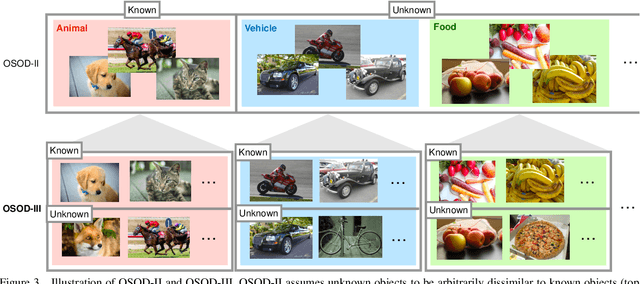More Practical Scenario of Open-set Object Detection: Open at Category Level and Closed at Super-category Level
Paper and Code
Jul 20, 2022



Open-set object detection (OSOD) has recently attracted considerable attention. It is to detect unknown objects while correctly detecting/classifying known objects. We first point out that the scenario of OSOD considered in recent studies, which considers an unlimited variety of unknown objects similar to open-set recognition (OSR), has a fundamental issue. That is, we cannot determine what to detect and what not for such unlimited unknown objects, which is necessary for detection tasks. This issue leads to difficulty with the evaluation of methods' performance on unknown object detection. We then introduce a novel scenario of OSOD, which deals with only unknown objects that share the super-category with known objects. It has many real-world applications, e.g., detecting an increasing number of fine-grained objects. This new setting is free from the above issue and evaluation difficulty. Moreover, it makes detecting unknown objects more realistic owing to the visual similarity between known and unknown objects. We show through experimental results that a simple method based on the uncertainty of class prediction from standard detectors outperforms the current state-of-the-art OSOD methods tested in the previous setting.
 Add to Chrome
Add to Chrome Add to Firefox
Add to Firefox Add to Edge
Add to Edge